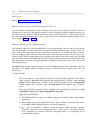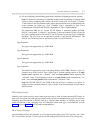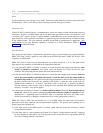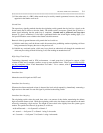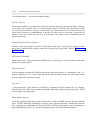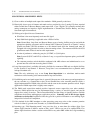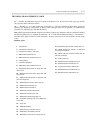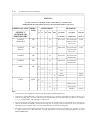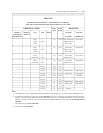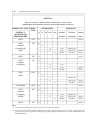TRUNKING TERMS AND CAPABILITIES C-13
_ ______________________________________________________________________________________
_ ______________________________________________________________________________________
_ ______________________________________________________________________________________
Signaling Type
With System 85 (R2V4) and the Generic 2 communications system, the switch provides the capability to
administer a different signaling type (e.g., E&M, ground start, etc.) from that implied by or defaulted by the
trunk type. This capability allows a particular trunk type, for example a CO trunk type, to be administered
with an E&M or other trunk signaling interface.
Special Access Connections
Those customer premises trunking facilities that bypass the Local Exchange Carrier and terminate on a toll
network switch (e.g., 4 ESS digital switch). Actually, the circuit may consist of leased LEC facilities that
are used as a ‘‘nailed-up’’ circuit.
Stop-Go Signaling
The scheme where a tandem switch, while receiving the address digits from the public network, interrupts
receipt of the address until the terminating switch signals that it is ready to receive the remaining digits.
Note: AT&T’s PBXs DO NOT require or respond to‘‘Stop-Go’’ signaling.
Supervisory Signaling
Those control sequences that function to establish or set up the trunk connection between the local and
distant switches. Basically, there are five distinct types of supervisory signaling. They are referred to as:
ground start, loop start, reverse battery, E&M lead, and derived E&M lead signaling.
SX (or Simplex Signaling)
The method whereby signals are transmitted over the trunk (alternately) in either direction. Typically, SX
signaling is superimposed onto the trunk by the E&M leads. Therefore, with this arrangement, the signaling
is ‘‘Derived’’ from the E&M interface.
Tandem Tie Trunk Network (TTTN)
One of two (TTTN and CCSA) early version private networking arrangements. Both early version
arrangements have, for most applications, been replaced by ETN and EPSCS arrangements respectively.
Tandem tie trunk networks do not have as many features as ETN.
Tie Trunk
A dedicated communications path linking two private switching systems. These are ‘‘Designed Trunks’’
with known transmission characteristics.




